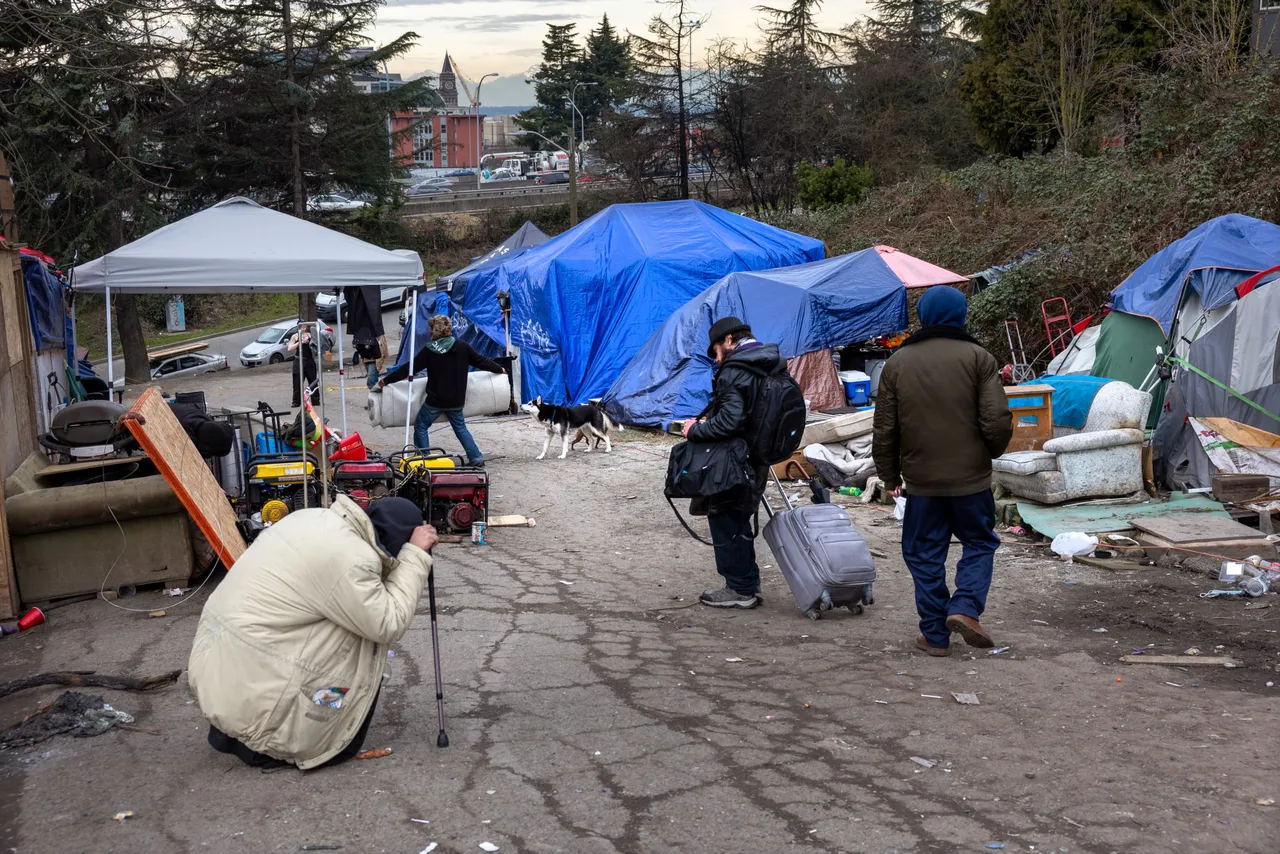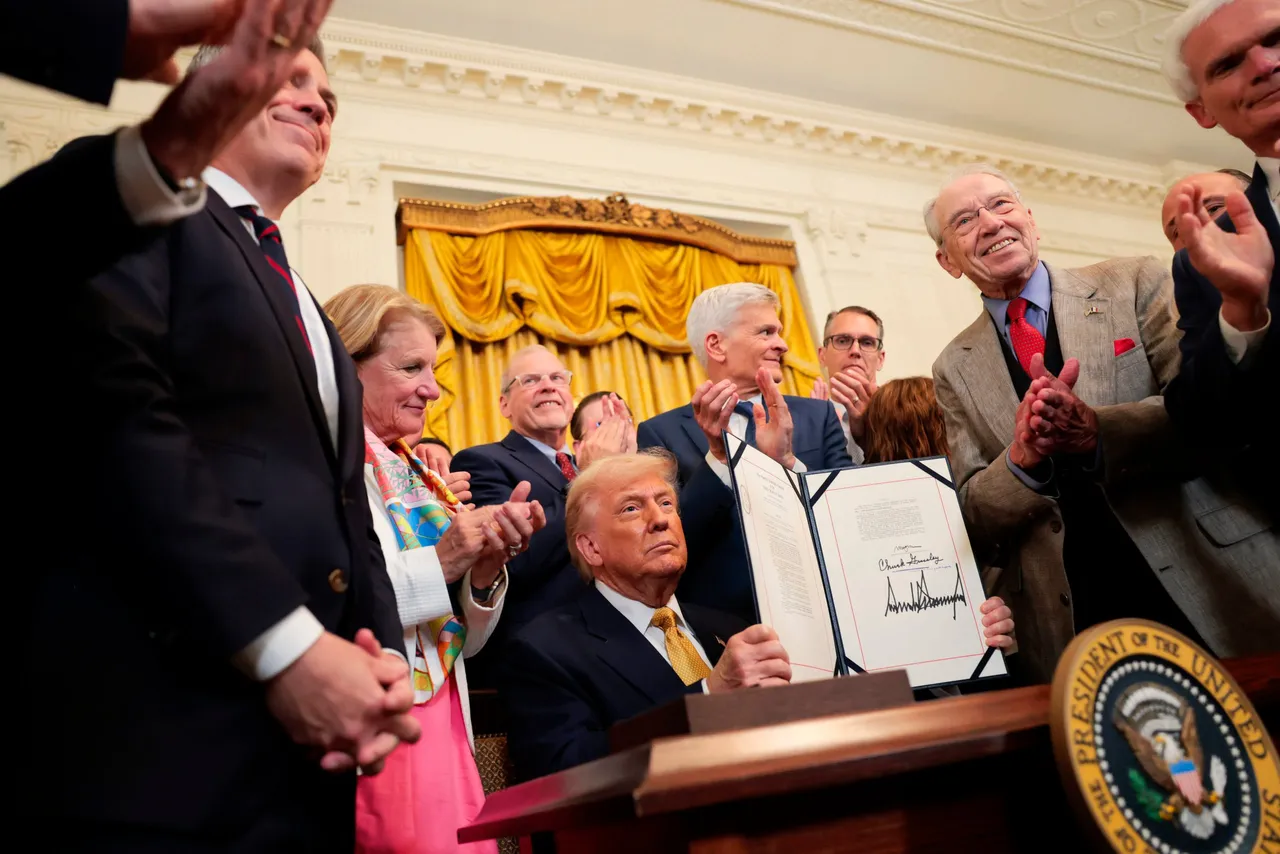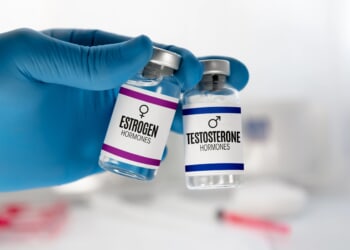The effects of the COVID-19 pandemic still quietly linger in American society.
For one, the pandemic contributed to a massive spike in fatal drug overdoses among young people. And although those numbers have dropped significantly in the years since, far too many younger adults and kids are still dying from poisonous substances like synthetic fentanyl. COVID-19 also had a historic impact on the U.S. financially. Inflation ran rampant, as interest rates fell to zero, a historic first, and the government pumped stimulus money into the economy to keep it afloat. Everyone, especially the young, talks about and notices it to this day. We collectively agree: Since 2020, everything has just gotten disproportionately more expensive. From housing to groceries and every basic necessity in between.
And socially, when Americans were shut in for months — for some, a year or more — we increasingly turned to social media and screens for sources of entertainment and connection. A lot of people went crazy because they spent so much time online. They were paranoid and conspiratorial. Joe Rogan famously observed that “we lost a lot of people during COVID, and most of them are still alive.” It was intended as a joke, of course, but sadly, it feels too true.
All of these factors seem to have exacerbated an alarming trend: while all demographics across the board are seeing their life expectancy increase, young people remain static. The main cause, according to researchers? Deaths of despair. (Subscribe to MR. RIGHT, a free weekly newsletter about modern masculinity)
Death And Despair
The Global Burden of Disease, composed of over 16,000 researchers, collected and analyzed 310 data sources. They found that over the last ten years, death rates among young adults aged 20 to 39 in North America, specifically in the U.S. and Canada, have risen. From 2011 to 2023, deaths among those aged 30 to 39 increased 50%. These fatalities, known as “deaths of despair,” stemmed from suicide, drug overdoses, and alcoholism.
A separate analysis showed that, since 1980, life expectancy at birth in the U.S. was roughly comparable to that of its peer nations — those countries that are wealthy, educated, and developed. Due to scientific and medical advancements, things were looking up for everyone, young and old. In the U.S., though, the pace of improvement was still slower than in other countries.

SEATTLE, WASHINGTON – MARCH 11: Residents of a homeless encampment walk through the encampment after smoking fentanyl on March 11, 2022 in Seattle, Washington. The city government is currently working to remove such encampments from shared spaces throughout Seattle. According to a recent report commissioned by Seattle Councilmember Andrew Lewis, the COVID-19 pandemic put undue pressure on the city’s shelter system and delayed funds for new housing, leading to an increase in homelessness. (Photo by John Moore/Getty Images)
By around 2010, the rising life expectancy in the U.S. flat-lined. The COVID-19 pandemic then led to a sharp decline in 2020 and 2021 before there was a rebound in 2022 and 2023 as fatalities from the disease decreased. However, U.S. life expectancy has not yet recovered to pre-pandemic levels. Although life expectancy for older generations remains higher compared to 1980, for younger people, that is not the case. In the U.S., death rates among young adults aged 15-49 have hovered around the levels recorded in 1980, despite a significant reduction of over 50% in similar age groups in other nations.
Throw in the drug overdoses from the fentanyl epidemic, and the fact that young people are experiencing higher levels of chronic stress than ever before, we have a slow-moving but growing crisis that is leaving America’s youth depressed and unhealthy, and even more likely to die young. However, this is certainly not cause for doom. Elements of President Donald Trump’s second-term agenda may actually be helping to reverse this trend.
Trump Effect
The Make America Healthy Again movement, spearheaded by RFK, Jr., is a big part of it. In 2025, the Trump administration has moved to phase out synthetic, petroleum-based dyes, and improve the quality of baby formula. Dietary guidelines will be updated for 2025-2030, with a renewed focus on healthy foods. Several states, including Arizona, Indiana, and West Virginia, have passed laws restricting the use of synthetic dyes, banning schools from serving ultra-processed foods to children, and cracking down on SNAP benefits being used for candy, soft drinks, and junk food. Several major food companies have also stopped using synthetic food dyes, including Nestlé, General Mills and Kraft Heinz.
In July, Trump signed the bipartisan HALT Fentanyl Act, which increased penalties for trafficking fentanyl and classified all fentanyl analogues as Schedule I substances. The new classification gives law enforcement more power and helps close loopholes that cartels and traffickers previously exploited to import fentanyl variants while dodging prosecution. (RELATED: Trump Steals Straight From Reagan’s Playbook)

WASHINGTON, DC – JULY 16: U.S. President Donald Trump displays a signed bill during an event in the East Room of the White House on July 16, 2025 in Washington, DC. President Trump signed the HALT Fentanyl Act, which aims to permanently classify all fentanyl-related substances as schedule I controlled substances and aid law enforcement in prosecuting trafficking and manufacturing offenses. (Photo by Anna Moneymaker/Getty Images)
The Trump administration also cracked down on a “de minimis” trade loophole, exploited by China, during the flurry of tariffs in April. The loophole allowed shipments valued under $800 to be imported duty-free, with minimal inspection. Although most fentanyl gets smuggled into the U.S. via the southern border, the original chemicals often originate in China and are shipped through the de minimis channels in smaller, duty-free shipments. Following Congress’s increase of the de minimis threshold in 2016, data from the National Center for Health Statistics found that there was a massive 350% surge in fentanyl overdose deaths in the U.S. (RELATED: Trump Closes Tariff Loophole That Let China Flood America With Knockoff Goods, Drugs)
In addition to ICE raids across the country and the administration’s efforts to shore up border security and stem the flow of illegal immigrants, Trump has waged an all-out war against the drug cartels. Early on in his second term, Trump signed an executive order officially designating the Sinaloa Cartel and other similar groups, such as Tren de Aragua, as Foreign Terrorist Organizations. Although the designation has been rebuked by legal experts, in theory, it allows U.S. law enforcement to mobilize additional resources to counteract the criminal enterprises.
Meanwhile, Mexico has intensified its crackdown on organized crime, and, in February, Mexican authorities seized close to $40 million worth of methamphetamine in Sinaloa. The significant raid followed Mexico’s concession to the Trump administration’s tariff threats. Confronted with a potential 25% tariff on exports to its largest trade partner, Mexican President Claudia Sheinbaum agreed in February to bolster border security to curb illegal immigration and drug trafficking.
The Trump administration has now escalated its war by launching strikes on alleged narco boats smuggling drugs through the Caribbean Sea and deploying military assets to the region. The ultimate goal is likely a regime change in Venezuela that would depose socialist strongman Nicolas Maduro. However, by weakening the cartels and stemming the flow of narcotics and fentanyl at the southern border, the administration may end up saving so many young American lives that life expectancy rates will actually climb higher.

















